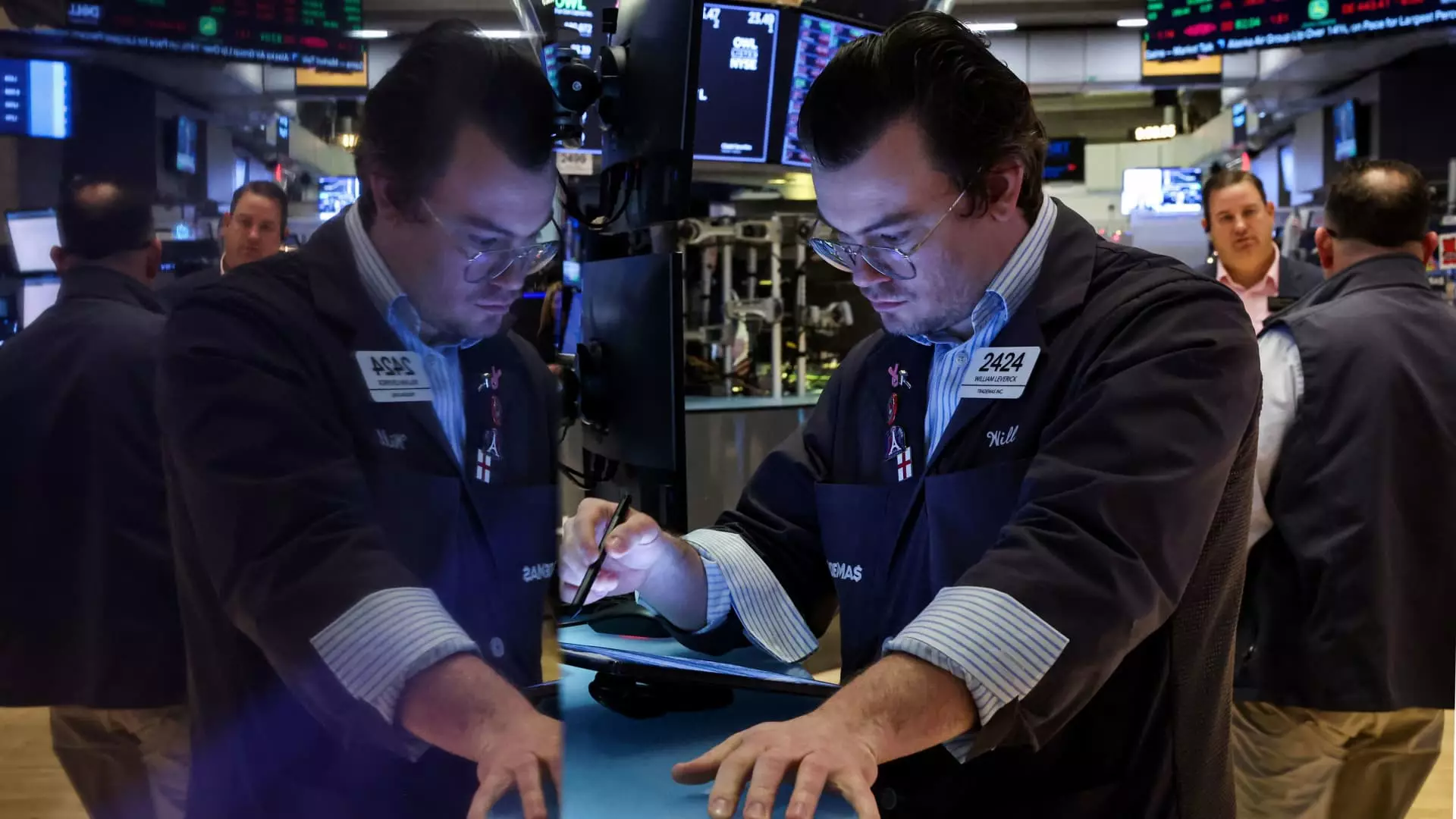The financial markets can be unpredictable, and one of the more alarming trends currently is the Dow Jones Industrial Average (DJIA), which has entered a nine-day losing streak—the longest since February 1978. This unprecedented decline raises several questions among investors: What factors are driving this downturn, and should there be genuine concern regarding its implications for the broader market?
The DJIA, which is composed of 30 significant publicly traded companies, is often viewed as a bellwether for the overall economy. Recently, the average has faced considerable pressure, which some attribute to specific stocks dragging down the index. A notable example is UnitedHealth, which has experienced a staggering drop of 20% this month, significantly contributing to the overall decline in the index. This slump in UnitedHealth’s stock has been exacerbated by broader market concerns surrounding pharmacy benefit managers (PBMs) and the implications of political rhetoric targeting these middlemen in the drug industry.
Besides the direct pressures from individual stocks, a broader investor sentiment shift may be influencing the DJIA’s performance. As the political landscape evolves, many investors appear to be reallocating their investments from cyclical stocks that initially surged post-election, such as Sherwin-Williams, Caterpillar, and Goldman Sachs. The recent declines in these stocks, each falling by over 5% in December alone, signal that investors are reassessing their positions in response to changing economic forecasts.
This sector rotation highlights a potential unease about future economic conditions, particularly amidst a backdrop of rising jobless claims—a key economic indicator. However, it is crucial to note that despite these issues, investor sentiment towards the economy in upcoming years remains cautiously optimistic. Projections for 2025 indicate continued recovery and growth, distancing the current climate from the stagflation concerns reminiscent of the late 1970s.
One important consideration is the nature of the Dow itself. The price-weighted index, a structure that averages the share prices of its components, may not provide a holistic view of the market. Critics argue that this system is antiquated, especially as it was established in the late 19th century to represent a conventional investor’s portfolio. Today, the DJIA is criticized for lacking diversity, as it comprises only 30 stocks, many of which are not reflective of the broader economic landscape in America.
Mitchell Goldberg, President of ClientFirst Strategies, comments that the DJIA “hasn’t reflected its original intent in decades,” stating that its performance seems more aligned with tech stock surges rather than industrial metrics. While significant tech giants like Amazon, Microsoft, and Apple are included in the DJIA and boast monthly gains of over 9%, their positive performance is insufficient to counteract the weight of struggling stocks within the index.
Despite the troubling streak of losses for the Dow, it’s important to contextualize the situation within the larger market framework. The S&P 500 recently reached a new high, and the tech-heavy Nasdaq Composite is also witnessing record levels. These indicators suggest that while the DJIA is struggling, the market as a whole may not be on the brink of disaster.
As of the latest reports, the DJIA’s overall decline sits at around 1,582 points, or approximately 3.5%, from a closing high achieved earlier in the month. It’s worth noting that a 10% decline is typically what qualifies as a market correction—a standard that the current downswing has yet to meet.
Additionally, the upcoming Federal Reserve decisions may serve as catalysts for potential rebounds in the market, given that many analysts perceive the current oversold conditions as a precursor to renewed investment interest.
Overall, while the DJIA’s current losing streak may seem alarming at first glance, it is essential to look beyond its surface. Factors such as sector rotation, individual stock performance, and market divergence all play a role. For investors, maintaining a diversified portfolio and focusing on broader economic indicators will be vital in navigating these turbulent times. The historical context of the DJIA, its critiques, and the prevailing market conditions underscore the importance of viewing stock movements through a comprehensive lens. As this chapter unfolds, remaining informed and adaptive will be key for long-term investment strategies.

